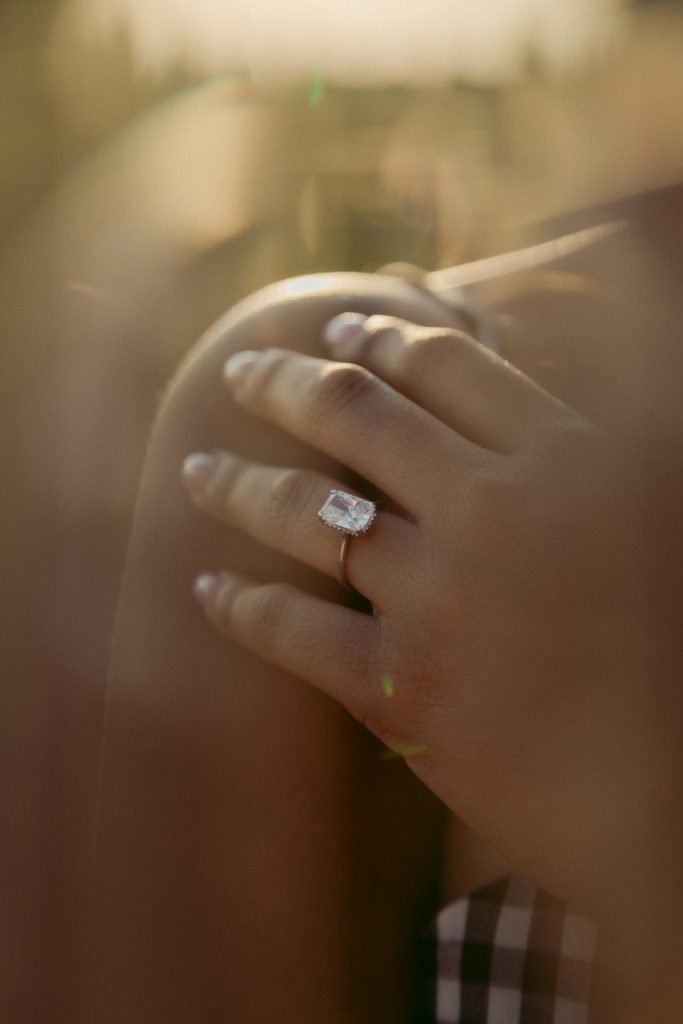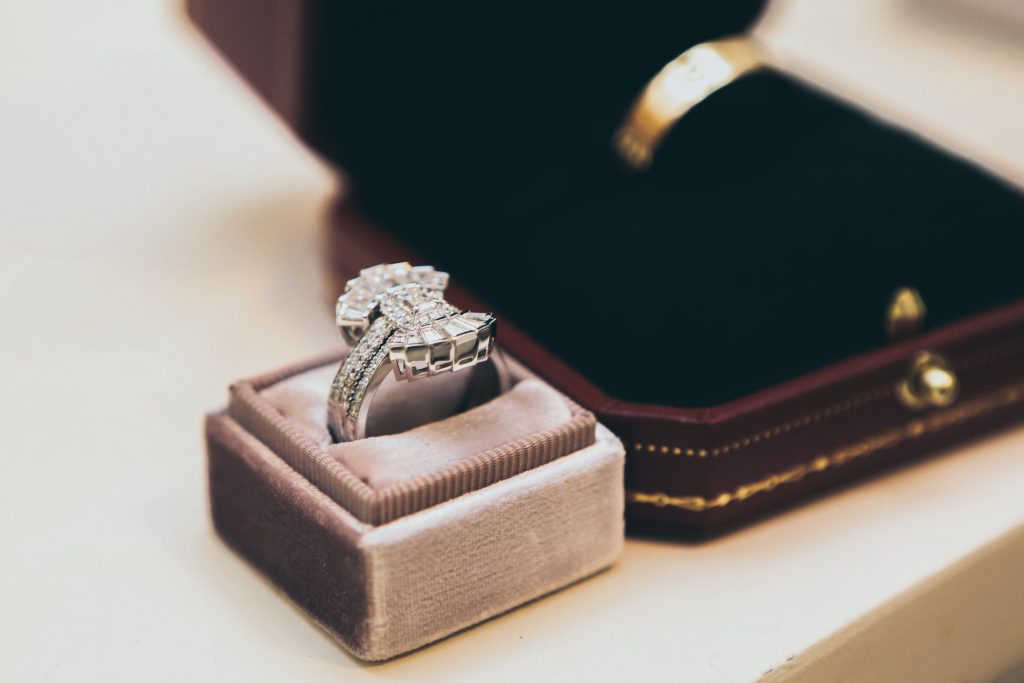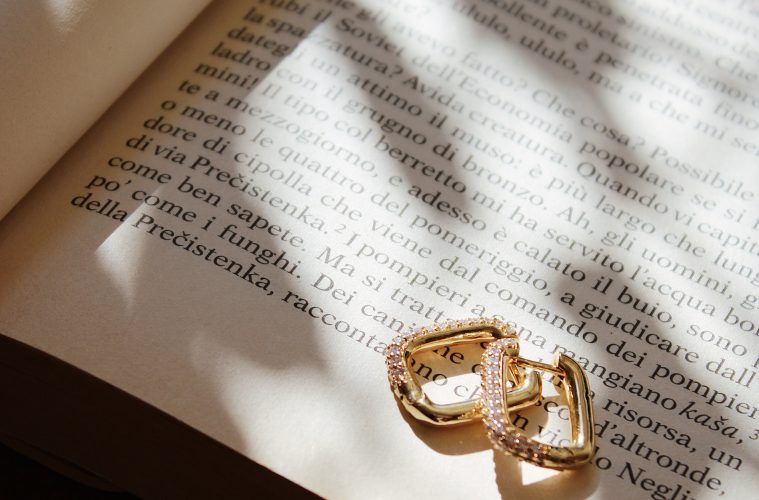Diamonds are truly one of the most popular gems on the market today and it can be difficult to choose between all of the different types available. This article will discuss some of the common mistakes people make when buying diamonds as well as what you should keep in mind before making such an important purchase.

Not shopping around
You should shop around for your diamond as not all providers have the same prices. For example, one seller may sell a diamond that is perfect in every way but has a blemish on it which lessens its value by 5%. Another seller, however, might have a flawless diamond which is an extra 1% value. Shopping around will help you find the best possible deal for your money. It is also an effective way of checking a diamond for its authenticity. When shopping for real diamonds, always check the color grade before making any purchase – this is something many people skim over but looking at it closely will determine whether you’re getting value for money. Diamonds are graded using D, E, F, and G for color (D being the best) which makes it easier to know what’s natural or not.
Not knowing who you’re dealing with
Before buying a diamond, investigate and ensure that whoever you’re working with can be trusted and respected by their peers. Doing this will help ensure that the product you receive is genuine and you won’t get ripped off. This can be done by checking online reviews. Also, check if there are any complaints against them or even court judgments. If the business has no reviews or complaints then you should be extra cautious as it might be a scam. It’s important not to overlook certification because this is one of the most effective ways of proving whether a diamond is real or not. Certified diamonds come from authorized dealers who have been granted their license by third-party organizations which means they can prove the carat weight, cut grade, and other features. Avoid purchasing or accepting diamonds from anyone who hasn’t been granted their license because this means they have the ability to misrepresent the product in order to make a profit.
Not checking for certification
As mentioned earlier, checking for a diamond’s certification is vital before you decide to buy one. It’s important to check that your diamond is certified by the Gemological Institute of America (GIA), American Gem Society (AGS), or any other reputable gemological laboratory. This way you’ll know that your diamond is real and minimizes the risk of it being fake. Generally, if a listing does not mention certification this also means it’s better to be cautious about placing an order. Also, before making your purchase it’s important to receive a written appraisal from an independent and certified gemologist. This way you’ll have proof that the diamond is what you were sold and also will be able to take action in case of any issues such as not receiving what you ordered. It’s good practice to request reports regardless of whether you plan on reselling or giving away your stone later down the line.
Overlooking clarity
Years ago diamonds were graded solely based on their size but nowadays they are graded based on several factors including color, cut, clarity and carat weight. It’s critical to invest in a well-cut diamond that displays high brilliance because this is what humans see when they look at your stone. A stone that is cut too deep or too shallow makes it appear dark and dull. If you’re going to look into a diamond’s clarity then make sure you buy one that has a lens included with the diamond because without it, assessing the clarity might be difficult.
Losing perspective
Diamonds are priced based on several factors including availability, popularity, and beauty but for those people who put all their eggs in one basket and invest everything they have into buying this stone, there’s a risk that they could end up broke or struggling to pay off debtors. There are other stones that can be bought that will retain their value over time, perhaps even more of the initial investment. For example, ammolite is a stone that’s made of seashells and actually gets more valuable for every year you own it.
Not having insurance
In case anything does happen, whether it be theft or damage, not having insurance will leave you high and dry without any compensation from your company or seller. The majority of retailers offer insurance plans but if their diamond is well priced then chances are they won’t offer an insurance plan because there isn’t much profit to be made. Regardless of whether you’re insured or not, it’s important to take photos and measurements of your diamond before handing over any money which can be done easily using a smartphone. You should also create an inventory list that documents the carat weight, details about the stone, cut grade, and other unique features in case you ever need proof for police investigations.

Identifying the right diamond is a process that takes patience. While diamond prices are generally affordable, it’s important to avoid the common mistakes of diamond purchase and spend your money on purchasing the best possible product to ensure satisfaction.
Published by HOLR Magazine


